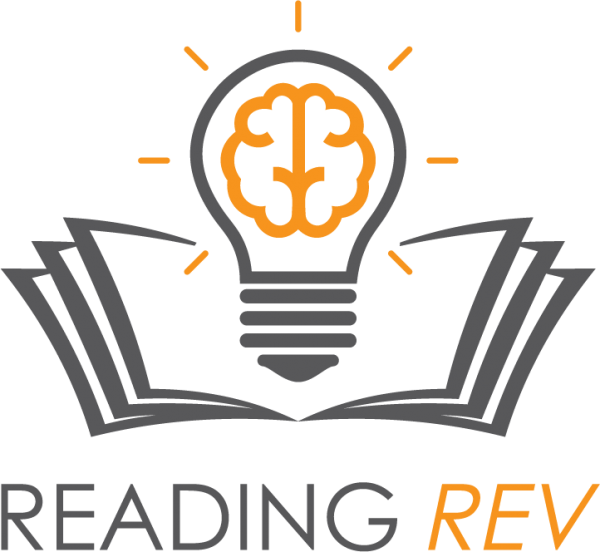Back to the Basics- The 5 Components of Literacy
Several years ago I went to a multi-sensory reading class. As an opening activity, the teachers ask the room full of dedicated, motivated, hard-working teachers to write down the 5 components of reading in order of importance. I had been teaching 5th grade for 12 years at the time and had recently been hired to teach 2nd. I looked around uncomfortably hoping someone else in the room looked as lost as I felt. Most teachers were frantically writing with thought-provoking intensity. But, I was not alone. I was not the only person in the room that was not quite sure if I even knew where to begin. How did I get through a teacher-led degree and teach elementary school for 12 years without knowing the basics of reading instruction? That was when I decided I needed to go back to the basics and really learn how to teach reading.
I believe that the entire education system is waking up to the fact that we have not done a great job of educating teachers in the foundations and science of reading instruction. New legislation and laws are being written and passed as we speak. Soon, very soon, there will be requirements at the college level and elementary level requiring teachers to demonstrate knowledge and proficiency on all 5 components of reading. If you are currently feeling as overwhelmed as I was sitting in that class, read on.
Understanding, teaching, and assessing the 5 Components of Reading is imperative. And, not just in the primary years!
Every component should be taught every day. So, here they are:
Phonological Awareness- the ability to hear, recognize, and manipulate the sounds of a language
Phonics- matching the individual sounds of a language (phonemes) to written symbols (letters)
Fluency- the ability to read accurately and with expression while gaining meaning from the text
Vocabulary- the words of a language that convey meaning; vocabulary is essential for comprehension
Comprehension- the ability to gain meaning and understanding from what is being read
I hang this FREE Reading Pyramid poster in my classroom and also have students add it to their Everything Reading Interactive Notebook on page 1. No matter what we are learning, the kids know exactly what component we are working on and why it is important. All of Reading Rev's anchor charts and lessons are color-coded to match this pyramid.
I do not shy away from teaching them these somewhat complex terms. Even my youngest students in first and second grade can tell you that phonics is “matching sounds to letters.”
Let’s dive into each of the 5 Components of Literacy with our Rethinking Reading Series! Click each link below for an in-depth look at each component and sharing best practices, misconceptions, and how to reach your readers!
ComprehensionIf you are a teacher who would like to have an even better understanding of the 5 Components of Reading, join us for our summer Reading Rev Conference! This fun, passion-and-purpose-filled 3 days just may change your life as a teacher! It will give you the confidence and ability to change the lives of the children sitting in your classroom who are struggling to read. Click here for more information!

